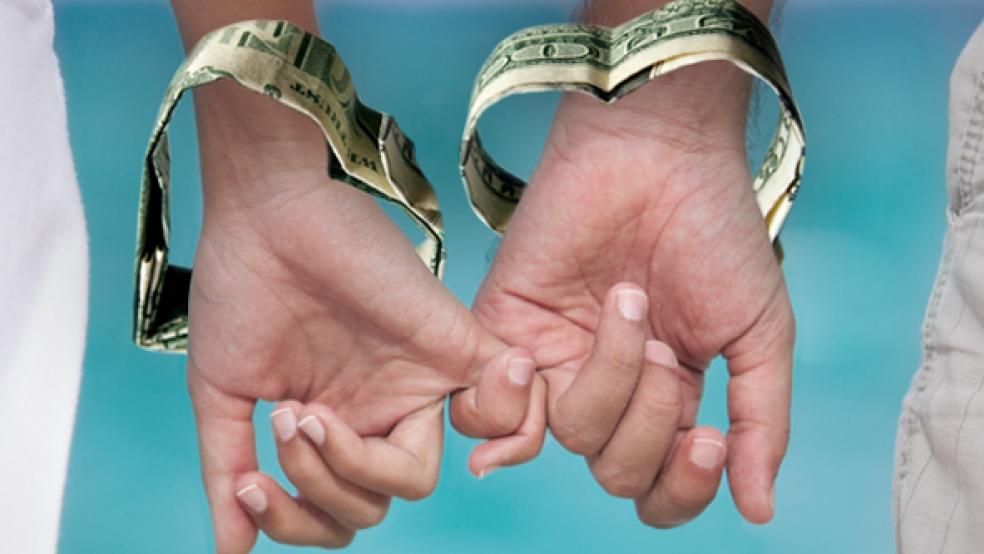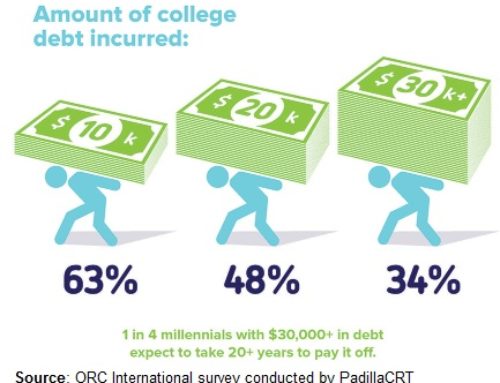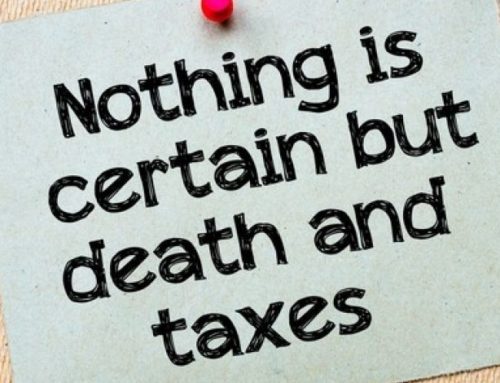Marriage proposals and weddings are joyous events, but for many couples the thrill of putting a ring on it also means saying “I do” to a higher tax bill.
The reason is what the tax industry refers to as “the marriage penalty” — a discrepancy that causes some married couples to pay more combined income tax than if they’d remained single. It happens because the tax brackets for married people and those for single people don’t exactly align. The result is that two single people may land in a lower tax bracket than a married couple with the same taxable income.
Two single people who each have $80,000 in taxable income, for example, would fall into the 25% tax bracket in the 2016 tax year, according to the IRS. But if they get married and file jointly, they have to use a different tax table — one that puts their combined $160,000 of taxable income in the 28% bracket.
Who takes the hit …
The marriage penalty is more noticeable for spouses who each earn roughly the same amount of money, says Richard Rampell, a CPA at Morrison, Brown, Argiz & Farra in Palm Beach, Fla., and people with taxable incomes as low as $38,000 can encounter it. The tax dollars involved rise with income; couples with combined incomes north of $200,000, for example, could face several thousand dollars in extra taxes for being married and filing jointly, he says.
The penalty can be as high as 12% of a couple’s income, according to the Tax Foundation, a nonprofit that researches tax policy. That figure doesn’t take into account differences in state tax brackets.
You can read the other half of this great article on USA Today: http://usat.ly/2nTSU3v






